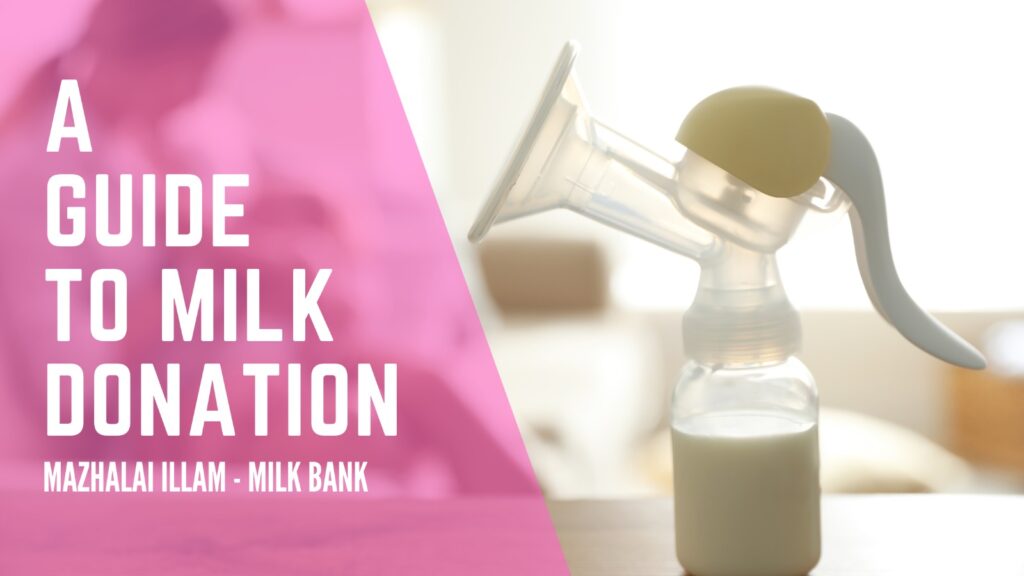When we think of making a difference, we often envision grand gestures or major commitments. However, sometimes the most profound impact can come from a simple, yet deeply meaningful act. One such act is milk donation. By turning compassion into action through milk donation, you can help provide crucial nutrition to vulnerable infants and families in need. Here’s a comprehensive guide on how you can get involved and make a difference.
What is Milk Donation?
Milk donation involves giving excess breast milk to organizations that help feed premature or ill infants, as well as other families in need. Donated milk is typically processed and pasteurized by milk banks, ensuring it is safe and nutritious for babies who require it. This is especially vital for babies who are unable to receive breast milk from their own mothers due to medical reasons, or those who are born prematurely and need additional nutrition.
Why is Milk Donation Important?
Nourishing Premature Infants: Premature babies often have specific nutritional needs that breast milk can uniquely fulfill. Donated milk can provide these fragile infants with essential nutrients that support their growth and development.
Supporting Families in Need: Some mothers may face challenges that prevent them from breastfeeding, such as medical conditions or financial constraints. Donated milk offers these families a critical resource to ensure their babies receive the best possible start in life.
Enhancing Infant Health: Breast milk contains antibodies and other components that help protect infants from infections and illnesses. By donating milk, you’re contributing to improved health outcomes for infants in vulnerable situations.
How to Donate Milk
Find a Milk Bank: The first step is to locate a reputable milk bank or milk donation organization.
Understand the Requirements: Each milk bank may have specific guidelines regarding the donation process. Typically, they require donors to be in good health, free of certain medications, and have a consistent milk supply. Many milk banks also conduct screenings and health checks to ensure the milk is safe for consumption.
Prepare for Donation: Once you’ve contacted a milk bank, follow their instructions for preparing and storing your milk. This usually involves sterilizing equipment and using specific storage containers. You may also need to complete health questionnaires and provide medical records.
Schedule a Donation: Arrange a time for your milk to be collected or dropped off. Some milk banks offer pickup services, while others may have drop-off locations.
Spread the Word: Encourage others to consider milk donation. Raising awareness can help increase the availability of donated milk and support the cause.
The Emotional and Practical Benefits
Donating milk is not only a generous act but also an emotionally rewarding one. Knowing that your milk is helping a newborn thrive can be incredibly fulfilling. Additionally, it’s a practical way to use any excess milk that you might have, turning it into a lifeline for those who need it.
Conclusion
Milk donation is a powerful way to transform your compassion into action, providing invaluable support to infants and families in need. By participating in this selfless act, you’re not only offering essential nutrition but also hope and support to those facing challenging circumstances. Every drop of donated milk makes a difference, so if you’re considering giving, know that your contribution is truly impactful. Turn your empathy into action today and help nourish the future, one drop at a time.

